I wondered this while soldering a mains voltage circuit board and was surprised by how close together the traces were. It has obvious implications in design of electrical plugs, and the proximity of wires when doing anything to do with mains voltage.
I've tried asking search engines sensible questions like "how far can 240V arc at 1 atmosphere" and "how far can electricity jump" but I haven't found any easy answer. This calculator states that it only takes voltages between 400 and 3000VDC.
By asking this question, I hope future people will be able to find the answer quickly and simply.
My research suggests that the arcing distance is dependant on the medium and the pressure, so let's assume air (~79% nitrogen, ~20% oxygen, ~1% argon and a few other things) at 1 atmosphere or 1.01325 Bar.
An answer has also drawn my attention to the affect of temperature and humidity. Assuming that higher temperatures and higher humidities both increase the possible arcing distance, let's choose something harsh like 40 degrees Celsius and 95% humidity.
Given a mains voltage of 230VAC in the UK, how close would two uninsulated copper wires (as an example) need to be before an arc could form between them?
Is this different for traces on a circuit board, or pins in a plug?
For bonus points, could answers be given for 120VAC too? Would 240V arc significantly farther than 230V? How about 110V compared to 120V?
I'm looking for fairly concise answers, but perhaps the reason I haven't found a simple answer is because there isn't one...
This question is just out of curiosity. I'm not going to start rewiring mains fixtures or designing 240V circuit boards any time soon.

